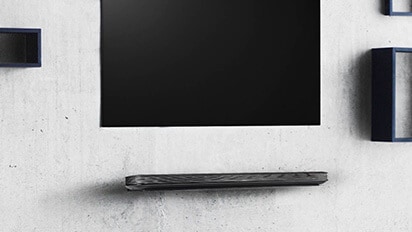BIOS (Basic Input/Output System) is a program that stores information about the basic input/output system and
takes control of the computer first to handle the most basic functions when the power is turned on.
Try this
How to access BIOS
Press the power button and then quickly press the [F2] key on your keyboard several times.
※ If the boot speed is fast, press the [F2] key on the keyboard as soon as you turn on the system power.
(If you can't access the BIOS, try again.)
[Main] Menu Settings
You can check the most basic system date, time, and information of the computer.
① System Date : You can set the date on the motherboard, which is linked to the date setting of the operating system.
② System Time : You can set the time on the motherboard, which is linked to the time setting of the operating system.
③ System Information : You can check the product name, BIOS version, manufacturing number, CPU type, memory capacity, etc.
[Advanced] Menu Settings
Detailed setting options for peripherals are displayed.
① RTC WakeUp from S4 : RTC Timer is a feature that allows you to wake up the system from hibernation mode at a certain time.
② PCIe Resizable BAR Support : Allows CPU access to video memory, improving data processing and gaming performance.
[Security] Menu Settings
This is a menu for setting the security and passwords of the PC.
① Secure Boot Configuration : You can set UEFI, Legacy OS secure boot.
② Set Supervisor Password : It is an administrator password that prevents unauthorized users from using the PC.(If you lose your password, please contact the service center.)
③ set User Password : This is the user password.(You can set the user password after setting the administrator password.)
④ Password on boot : This is a function set to protect the user's system at boot time.
⑤ Storage Security Features : This is a function to set a password for the storage device.(※ If you lose your password, recovery is impossible.)
⑥ Current Selected TPM Device : You can select the current motherboard TPM device.
⑦ TPM Configuration : You can set the TPM configuration environment.
[Boot] Menu Settings
Boot Priority Order - You can change the boot priority.
[Exit] Menu Settings
You can save changes or revert to factory defaults.
① Exit Saving Changes : Save changes and exit.
② Exit Discarding Changes : Ignore changes and exit.
③ Load Setup Defaults : Change to default settings.(Factory default)
④ Discard Changes : Change to the settings before booting.
⑤ Save Changes : Save changes.
※ If the boot does not work after setting the BIOS, change to the default settings and try booting again.
This guide was created for all models, so the images or content may be different from your product.












